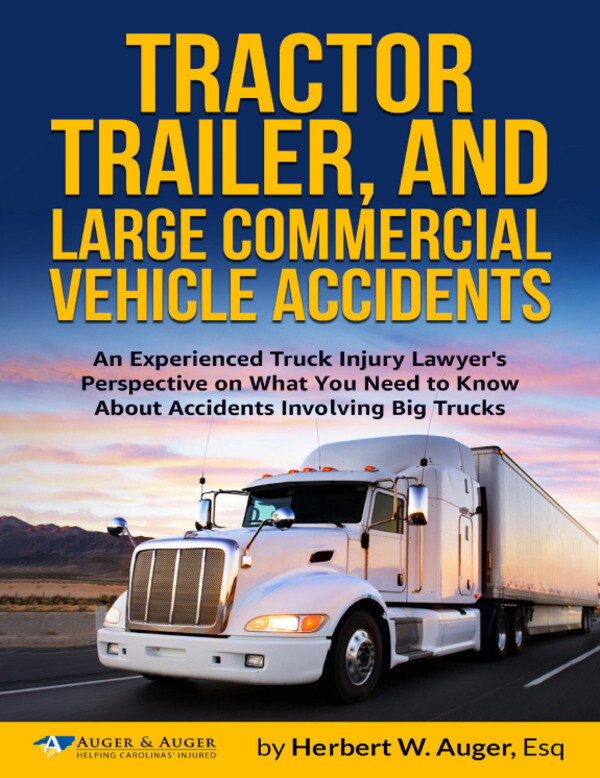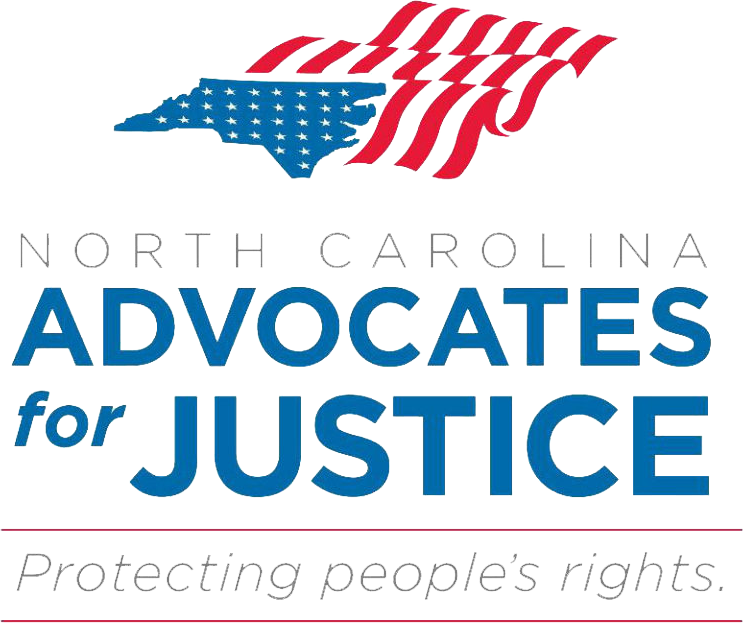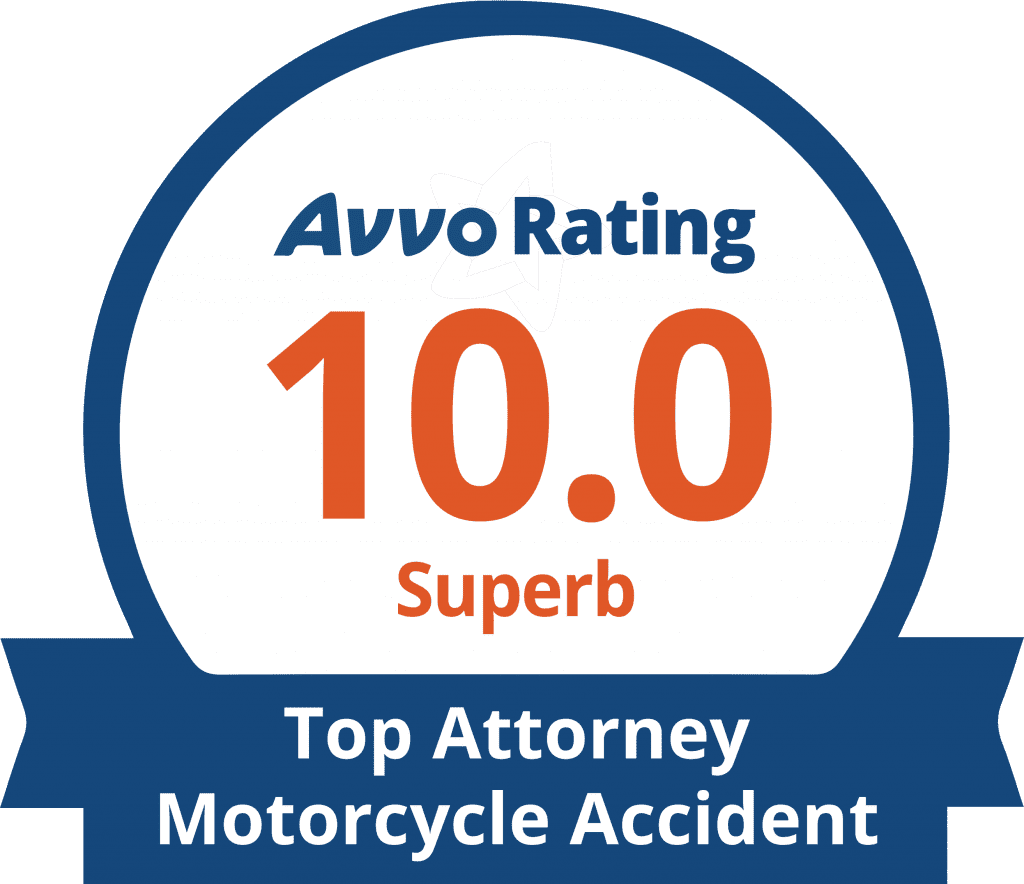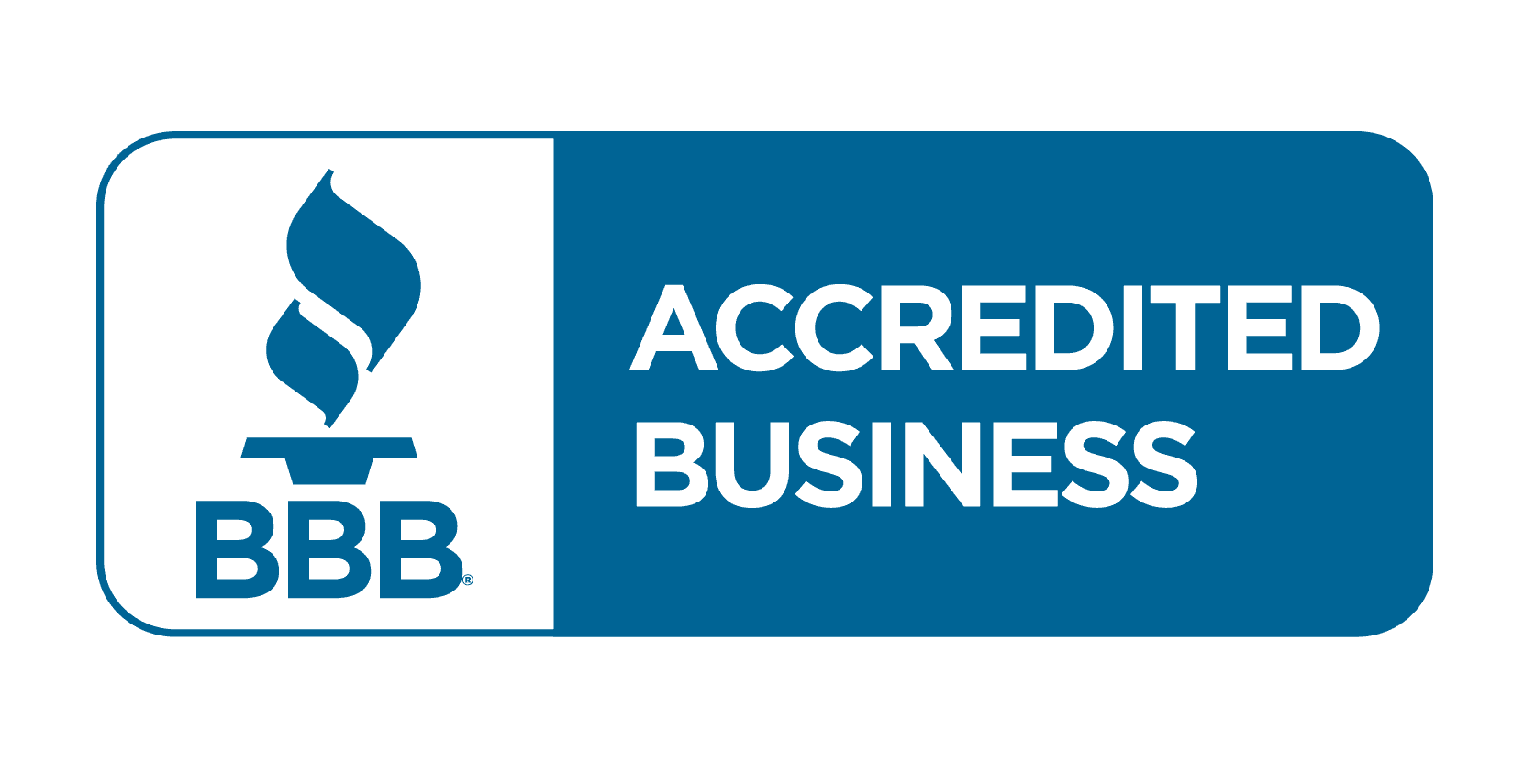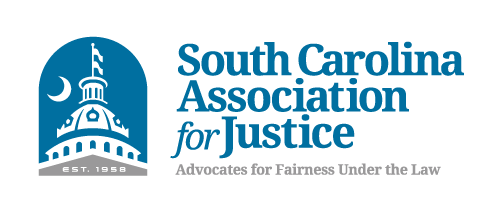Imagine you were rear-ended at a red light in Charleston or Myrtle Beach, and it wasn’t just one driver, but several cars piled up. Or maybe you were hurt on a construction site where both the property owner and a subcontractor share fault. Now you’re facing medical bills, lost wages, and you wonder who actually pays for your injuries?
In South Carolina, who pays for your injuries depends on joint and several liability. This rule governs how financial responsibility is shared among multiple at-fault parties in a personal injury case.
Under the current law, you can only collect your full damages from one defendant if they’re at least 50% responsible for your accident. If everyone’s blame is split more evenly, you can only collect each defendant’s share from them individually. This can be a problem when one or more are uninsured or have no assets.
In this guide, our South Carolina personal injury lawyers will examine how joint and several liability works in South Carolina. You’ll also learn what recent legal reforms mean for your case, and why legal representation is essential when your case involves multiple defendants.
Why Legal Representation Matters in Multi-Party Injury Cases
Cases involving multiple negligent parties are rarely straightforward. Each defendant will typically try to shift blame onto the others to minimize their share of financial liability. When insurance companies and defense attorneys get involved, these cases can quickly become nuanced and adversarial.
South Carolina’s modified joint and several liability rule gives these parties additional incentive to contest fault percentages. If no single party is assigned at least 50% of the blame, each party is only responsible for paying its own share of the damages. But if one party crosses that 50% threshold, they could become liable for all damages, even if other defendants were also at fault.
This dynamic creates a high-stakes environment where the outcome hinges on how fault is allocated. A skilled attorney becomes indispensable in ensuring that fault is accurately assigned based on evidence—not legal maneuvering—and that no defendant escapes financial responsibility unjustly.
A knowledgeable legal team will conduct a thorough investigation, collect critical evidence, analyze the conduct of each defendant, and present a clear case demonstrating where the weight of responsibility lies. Without such representation, injury victims run the risk of receiving only partial compensation—or none at all if defendants successfully avoid the 50% mark.
How Joint and Several Liability Works in South Carolina
Joint and several liability allows a plaintiff to recover the full amount of damages from one defendant when multiple parties share responsibility for an injury. However, in South Carolina, this principle is limited by statute.
Under S. C. Code § 15-38-15, a defendant may only be held jointly and severally liable for the full amount of the judgment if they are found to be at least 50% at fault for the injury. If no single defendant meets or exceeds that 50% threshold, then each party is only liable for their percentage of fault.
Joint And Several Liability In Practice
Consider a case where a plaintiff is injured in a multi-vehicle accident. One driver is found to be 70% at fault for causing the collision, while another is found to be 30% at fault. The injured party has $100,000 in damages. Because the first driver exceeds the 50% threshold, they can be required to pay the full $100,000, even if the second driver cannot afford to pay their share.
Now consider a different scenario in which both drivers are found to be equally responsible—each assigned 50% of the blame. In this case, the law does not allow for joint and several liability. Each driver would only be responsible for paying their own 50% share—$50,000 each. If one of the parties is uninsured or unable to pay, the plaintiff may only be able to recover half of the total damages.
This distinction is critical, especially in cases where one defendant has no insurance coverage or limited financial resources. Plaintiffs must often pursue the more financially viable defendant for full recovery, which is only possible under South Carolina law if that defendant’s fault meets or exceeds 50%.
The Impact of Fault Allocation on Your Compensation
In South Carolina, the success of your personal injury case—and your ability to recover the full amount of your damages—depends heavily on how fault is allocated among defendants. The exact percentages assigned to each party can determine whether one defendant becomes jointly responsible for the entire judgment or whether your recovery is limited to partial payments from multiple sources.
This allocation is typically determined through evidence presented in negotiations, mediation, or trial. It is not uncommon for insurance companies representing multiple defendants to coordinate efforts to keep any single party’s fault below 50%. Their goal is simple: if no one party crosses that threshold, none of them becomes liable for the full amount, and they can limit their financial exposure to their respective shares.
From a plaintiff’s perspective, this can have serious consequences. If one or more defendants are underinsured, bankrupt, or otherwise judgment-proof, the inability to shift full liability onto a single, responsible defendant can mean a substantial loss in compensation.
This is why it is critical to present a case that clearly demonstrates which party holds the majority of the blame—and to do so with a strategic approach grounded in strong legal and evidentiary support.
Why Timing and Evidence Are Critical
In cases involving joint and several liability, early intervention and evidence preservation are key. The process of determining fault and building a successful legal argument relies on obtaining:
- Police or accident reports
- Surveillance or dash camera footage
- Photographs of the scene and vehicles
- Witness testimony
- Expert analysis and accident reconstruction
This evidence not only helps prove the total damages sustained but also plays a vital role in how fault is distributed among the defendants.
If the evidence is weak, incomplete, or submitted late in the process, it may lead to fault being spread evenly—even in cases where one party clearly bears more responsibility.
Defense teams may also attempt to introduce alternative theories of causation or third-party fault to dilute their client’s percentage of responsibility. An experienced legal team will anticipate these tactics and ensure that all facts are accurately documented and presented.
Establishing early control over the narrative of the case can make a substantial difference in whether a defendant’s fault crosses the 50% threshold—ultimately determining whether you receive full or only partial compensation.
What to Do After an Accident Involving Multiple Parties
If you’ve been injured in an incident involving more than one potentially at-fault party, your actions in the immediate aftermath are vital. What you do—and don’t do—can affect how fault is assigned and whether you can take full advantage of South Carolina’s joint and several liability laws. Here are your next best steps:
- Seek medical attention immediately. Your health and safety are the top priority, and medical documentation is essential to prove the extent of your injuries and when they occurred.
- Report the accident. Under South Carolina law, S.C. Code § 56-5-1250, you must report a crash involving injury or death. The South Carolina DMV also requires reports for accidents involving property damage over $1,000. Filing this report creates an official record that becomes critical evidence in your case.
- Gather evidence at the scene. Take photographs of all vehicles or property involved, capture license plate numbers, note traffic signals or road conditions, and gather contact information from witnesses.
- Avoid making any statements about fault. Even casual remarks like “I should have seen them coming” may later be used to shift partial blame to you, weakening your case and reducing your ability to recover damages.
- Don’t speak with any insurance company or defense attorney. Make sure to consult your own legal counsel first. In multi-defendant cases, adjusters may attempt to elicit information from you that can be used to reduce their client’s percentage of fault.
- Contact an experienced South Carolina personal injury attorney. Early legal guidance can help ensure critical evidence is preserved, deadlines are met, and your case is developed with a strategy that maximizes your chance of full recovery.
Remember, South Carolina’s statute of limitations (S.C. Code § 15-3-530) gives you only three years to file a personal injury lawsuit. Missing the deadline could bar you from recovering compensation.
Contact Auger & Auger for Legal Guidance
Were you injured in an accident with more than one person or company involved? Don’t navigate South Carolina’s complex liability laws alone and risk getting shortchanged. Whether you’re dealing with uninsured parties, multiple insurance policies, or attempts by defendants to avoid full responsibility, our attorneys are here to protect you.
At Auger & Auger, we have over 30 years of experience representing injured clients in complex personal injury cases throughout South Carolina.
Our legal team knows the state’s modified joint and several liability laws inside out and can build strong cases that hold the right parties accountable. We thoroughly investigate each case, challenge improper fault allocations, and pursue maximum compensation for our clients.
Our results speak for themselves: we have recovered over $100 million in verdicts and settlements for our clients. And with our A&A Zero Fee Guarantee, you pay no legal fees unless we win your case.
To schedule your free, no-obligation consultation, call us at [Insert Phone Number] or visit [Insert Website URL]. Let us help you understand your legal options and fight for the full compensation you are entitled to under South Carolina law.



